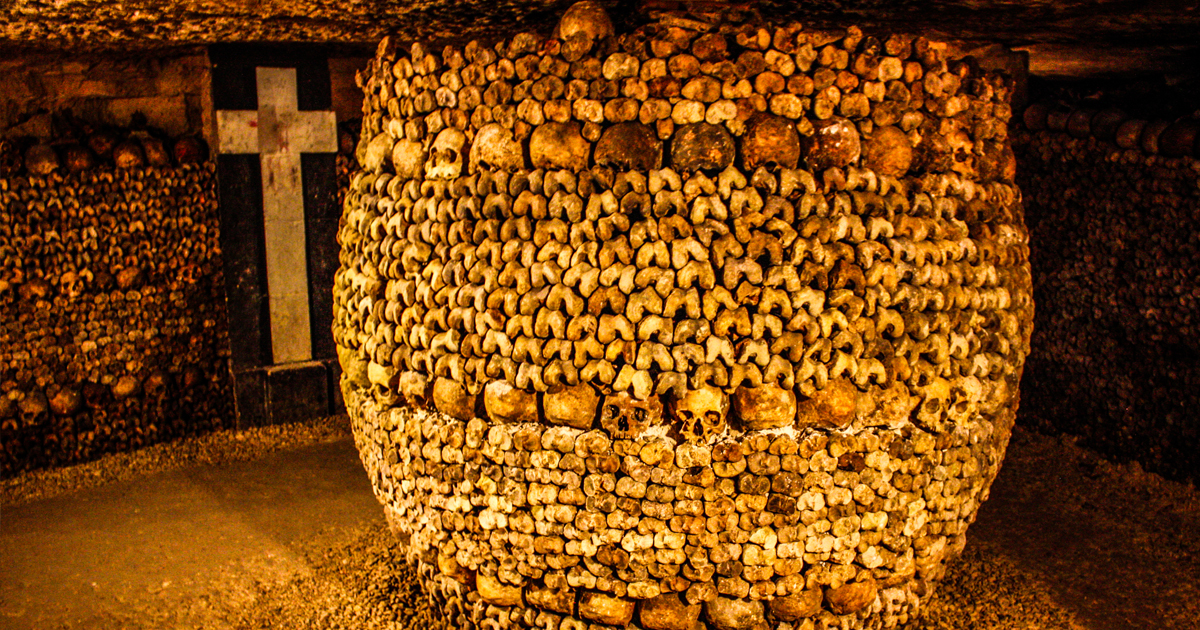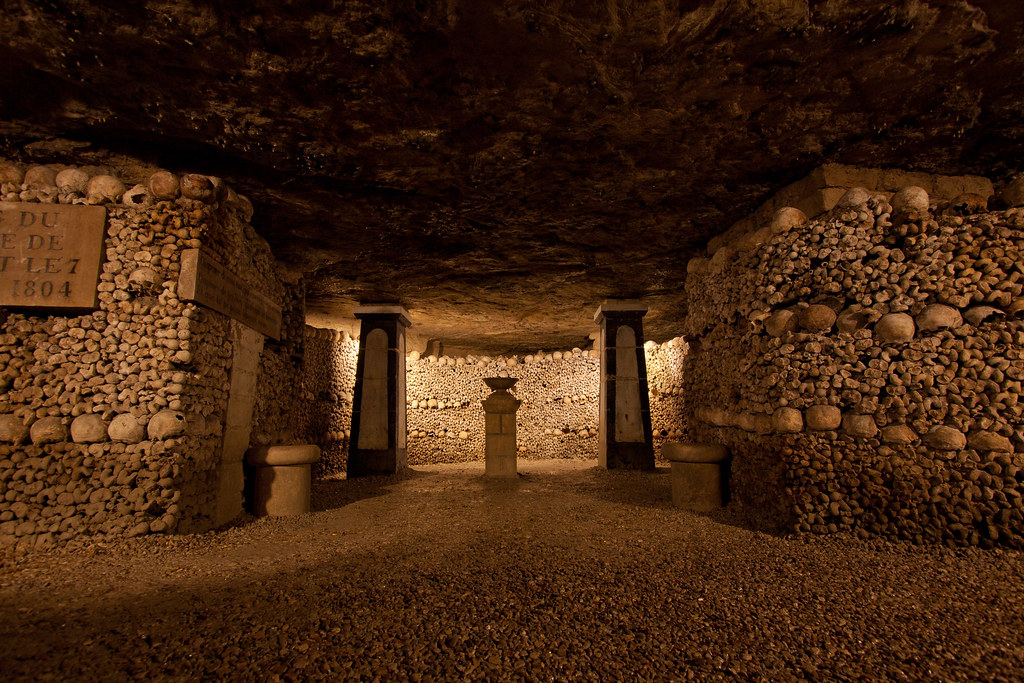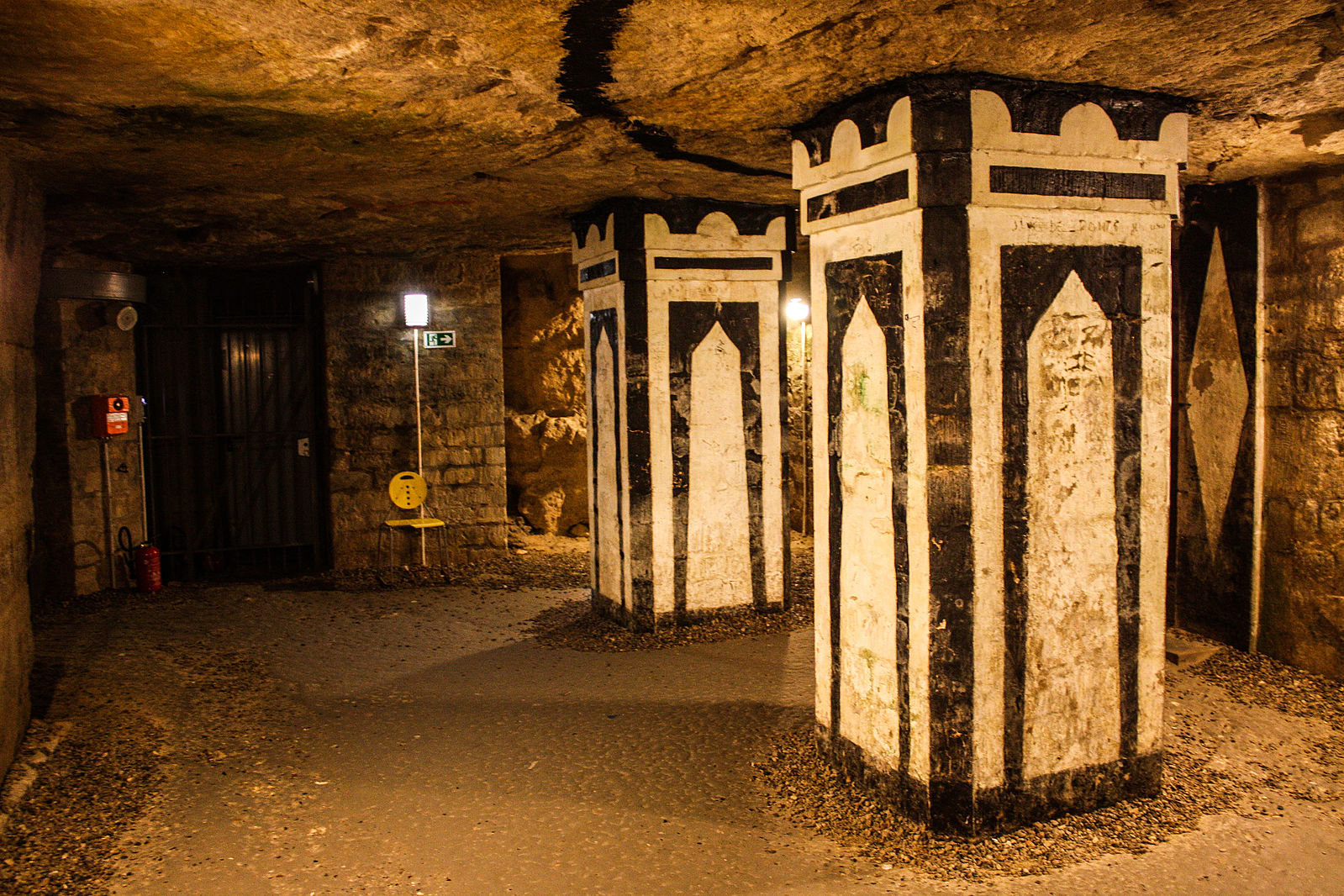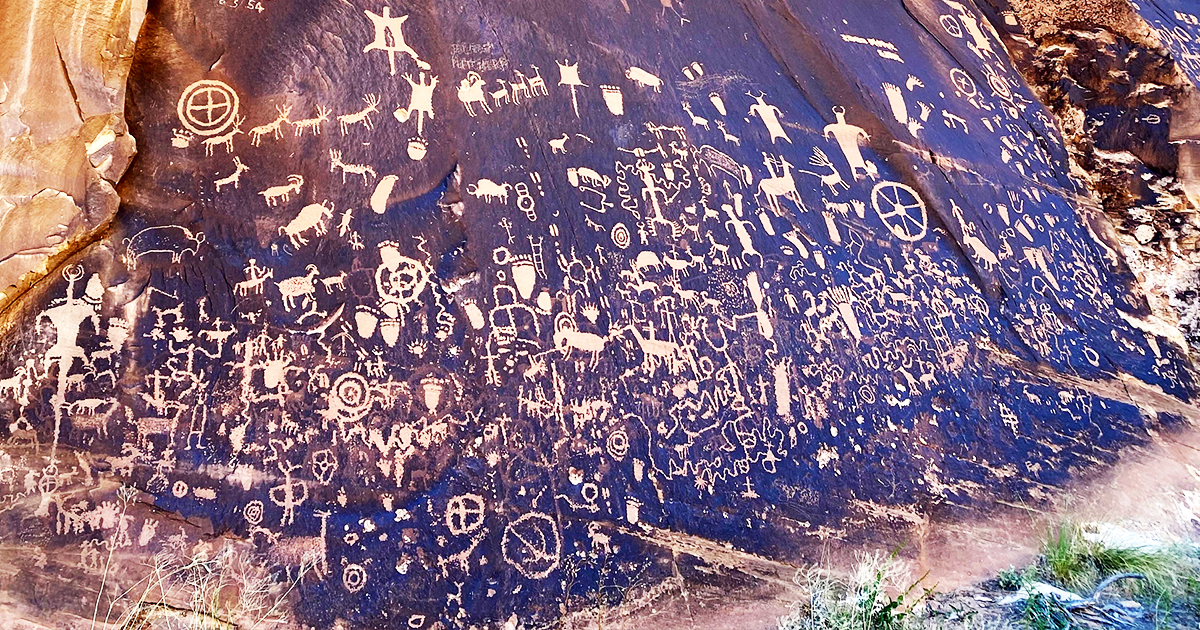Branded as the "City of Light," Paris is well-known for its famous monuments, artwork, and culture. But beyond its idyllic exterior is an intricate network of tunnels that reveal a different narrative; one of mystery and intrigue.
A mysterious world underground
The catacombs, or underground passages of Paris, have for years captured the curiosity of both historians and adventurers alike. The history of Paris's underground tunnels dates back to the Roman era—the Romans left behind a system of mines when they extracted limestone from the area to construct their buildings. This left behind subterranean "pockets" that have served a variety of purposes throughout the ages, including storage and conflict avoidance.
Containing nearly six million people's remains, the ossuary is one of the most well-known parts of the Paris catacombs. When Paris's cemeteries became crowded and unhygienic in the late 1700s, officials decided to transfer the bones to the closed quarries underneath the city. The frightening yet fascinating catacomb we know today was created through a meticulous, multi-year process of moving the bones.
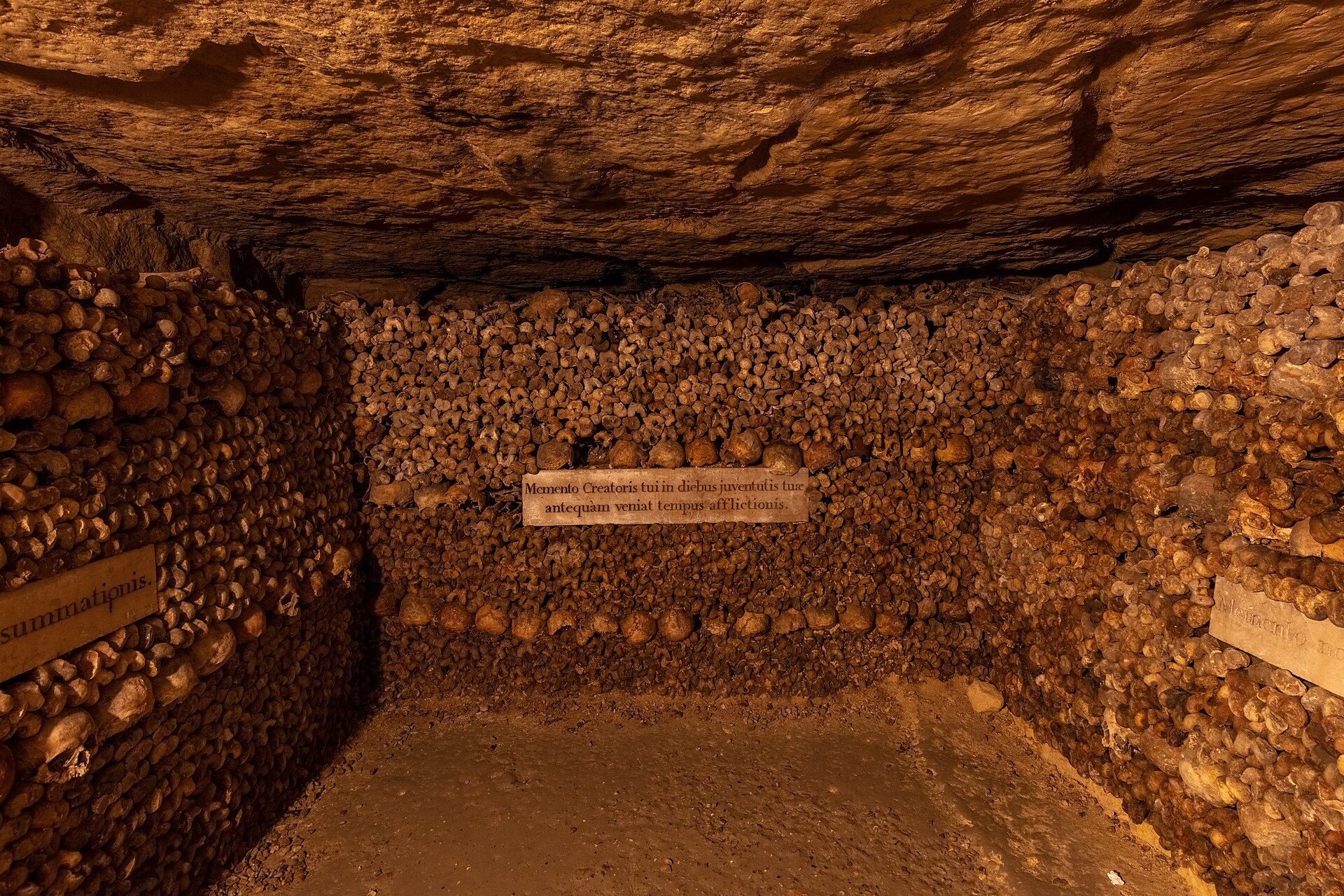 Diego Delso | Wikimedia Commons
Diego Delso | Wikimedia Commons
A risky place for exploration
In the 19th century, the catacombs quickly developed into a secret destination that attracted both thrill-seekers and curious visitors. The number of uninvited guests increased along with the level of curiosity for the tunnels. It got to a point where the government had to start enforcing entrances and harsher laws to combat the trespassings. Despite these efforts, people are still prepared to explore the labyrinthine passageways, and many of them still sneak into the underground today.
Although the ossuary is the most prominent feature, kilometers of tunnels beneath the city remain off-limits to the general public. Originally intended for mining, these underground passageways, called "les carrières," have developed into a sophisticated network that runs beneath most of Paris. In addition to being against the law, exploring these forbidden places has a high risk of collapse and getting lost in the vast system.
Historical and cultural significance
The catacombs' original use as a place to bury people has given way to several additional uses over time. The French Resistance utilized the tunnels as hiding places and storage locations for supplies and weapons during World War II. Additionally, the planning and execution of some war strategies against the German occupation were conducted in the catacombs.
Numerous myths and tales have been inspired by the cryptic nature of the Paris tunnels. Among the mysterious characters connected to the catacombs is the "cataphile." Attracted to the world beneath the surface, these urban explorers find their way via forbidden tunnels, painting walls, and occasionally even erecting temporary homes. The cataphiles operate on the fringes of society and cultivate a subterranean culture that flourishes in the shadows.
There are still reports of people entering the prohibited tunnels, despite the dangers and the city's efforts to protect the catacombs. Those looking for a taste of Paris's best-kept secrets are drawn to these underground passageways because of their rich history and appeal of the unknown.

